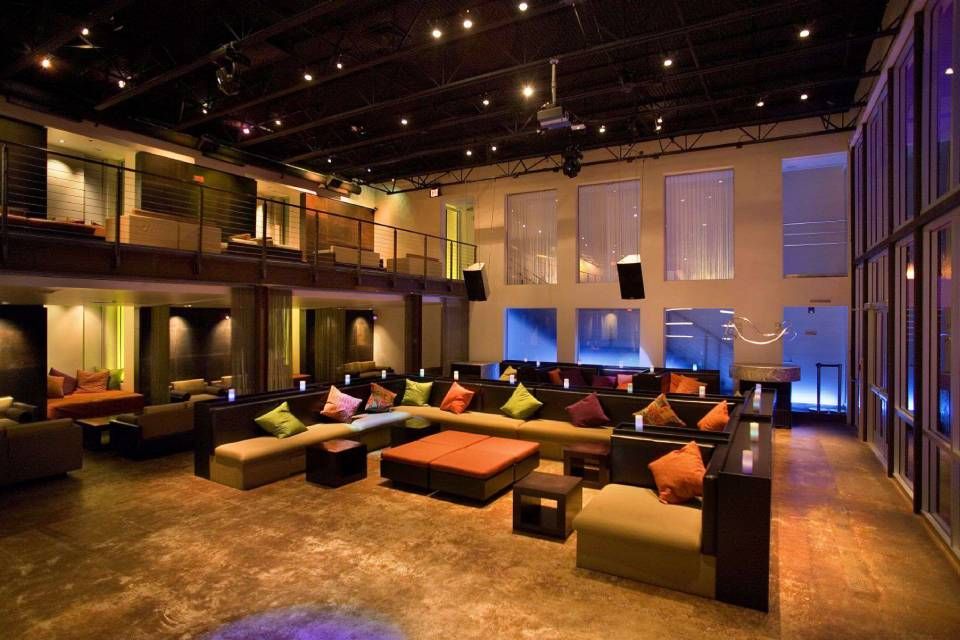Harmonizing Legacy Platforms with Advanced Audio Connectivity Technologies to achieve Improved Performance as well as Flexibility.
Harmonizing Legacy Platforms with Advanced Audio Connectivity Technologies to achieve Improved Performance as well as Flexibility.
Blog Article
Within today's rapidly evolving landscape of sound technologies, the need to improve efficiency and adaptability in audio systems is more crucial than ever. Many organizations and locations still depend on legacy systems, which are older technologies that may not have the capabilities of contemporary equipment. Nevertheless, harmonizing these outdated technologies with state-of-the-art audio networking solutions can lead to significant improvements. Sound networking allows for better interconnectivity between equipment, allowing it simpler to manage and manage audio across different areas.
A of the primary benefits of combining outdated systems with contemporary audio networking is increased adaptability. Traditional sound systems often require complex cabling and limited pathway options. With audio communication solutions like Dante or AVB, audio signals can be transmitted over standard Ethernet connections. This means that operators can easily link multiple devices without the requirement for extensive rewiring. Regardless within a performance hall, a school theater, or a corporate event, this flexibility enables for quick modifications and modifications to the audio setup without major downtime.
Quality is another significant factor that improves when outdated technologies are upgraded with up-to-date networking technologies. Outdated systems may struggle to provide superior audio, particularly in larger spaces or during challenging events. By implementing sound communication, organizations can leverage of advanced capabilities such as low latency, synchronization, and electronic data processing. These advancements help ensure that audio is distinct and consistent, enhancing the complete experience for audiences and performers alike. This shift can create a check out the post right here noticeable difference in the way audio is perceived in various settings.
Moreover, integrating outdated systems with modern technologies can lead to cost benefits in the long run. Although upgrading to new equipment may necessitate an upfront investment, the efficiency gained through audio communication can lower maintenance costs and minimize the requirement for continuous repairs. Additionally, networked technologies often need fewer tangible space than conventional installations, which can reduce on property costs in locations. Entities can distribute funds more effectively, utilizing the money they save to allocate resources in additional critical areas.
Lastly, training personnel on the method to use integrated technologies becomes easier with sound networking. Numerous contemporary audio communication systems come with intuitive interfaces and remote management capabilities. This means that including those who may lack extensive technological knowledge can learn to manage and operate the sound solutions efficiently. Educational programs can be designed focused on these technologies, empowering personnel to maintain and troubleshoot technologies with confidence. By blending the legacy with the new, organizations can create a more capable and skilled workforce, in the end leading to better audio outcomes for everyone concerned.